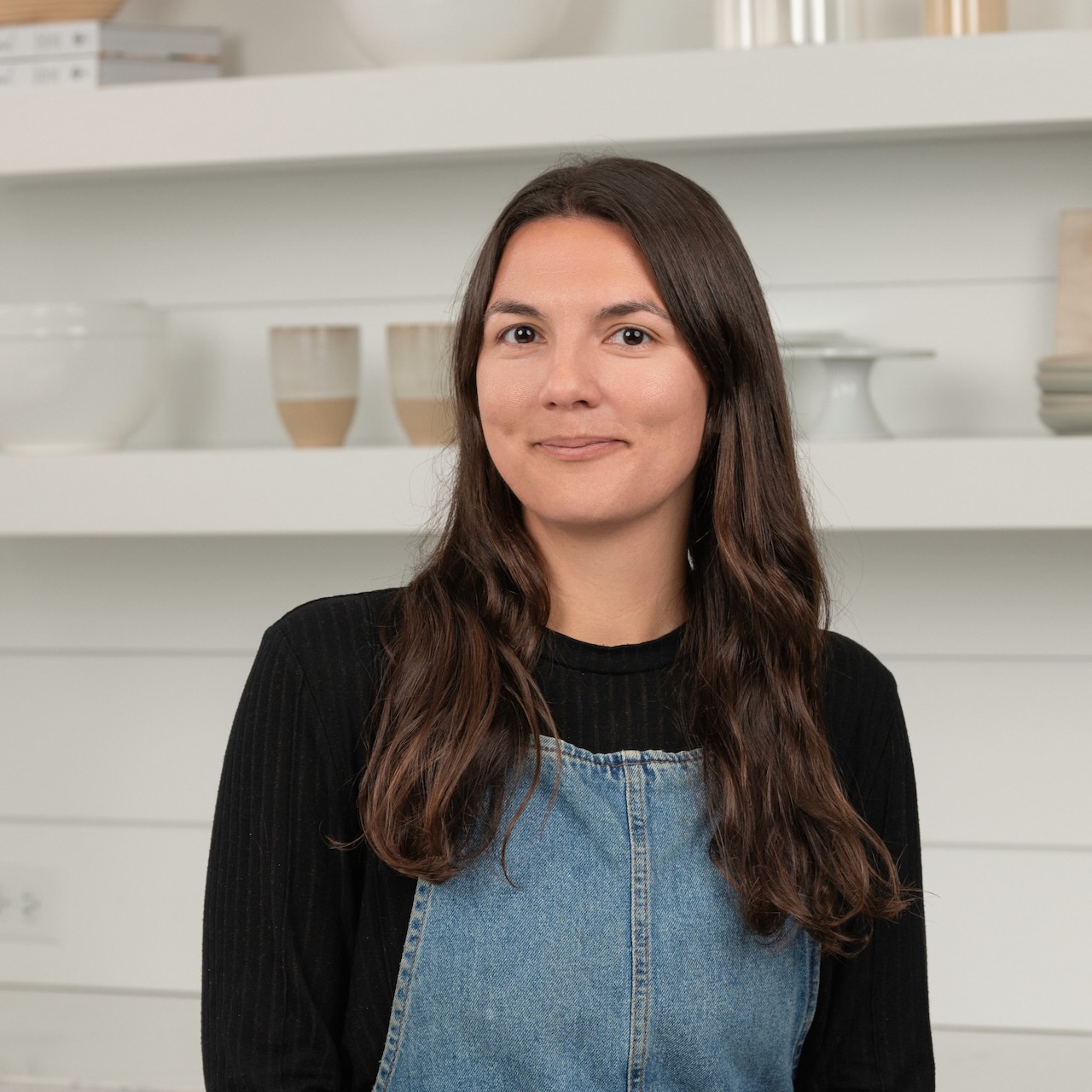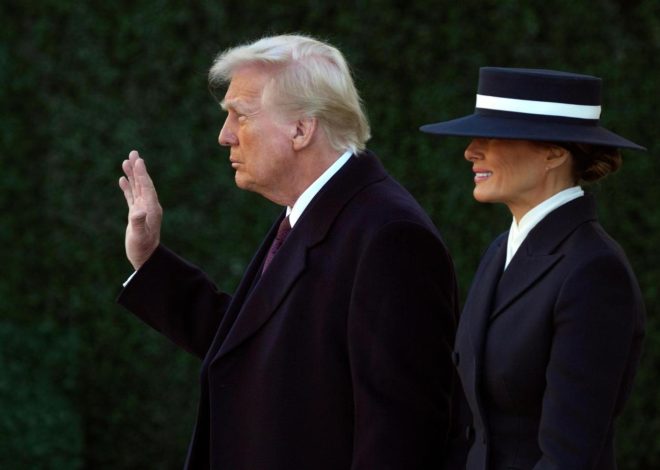
What’s so American about pie, anyway? We asked an IRL pie historian
Pie is more than a crust and filling for Los Angeles resident Rossi Anastopoulo. It’s a flaky, buttery and sometimes even sticky lens through which to view the entirety of the American experiment.
The contemporary pie historian stumbled into the food history niche as a student at the University of North Carolina at Chapel Hill. In the years since, she has continued to nibble at the threads of U.S. history that connect in ways big and small to pie — finding an array of fascinating stories along the way. Her 2022 book, “Sweet Land of Liberty: A History of America in 11 Pies” (Abrams Press, $27) was the result.
Each chapter is devoted to a different pie and a different moment in history, from the pie ordered at the Woolworth’s counter during the Civil Rights movement to the Good Housekeeping-fueled 1950s Jell-O pie craze.
For our own Thanksgiving spread, we’re curating a collection of creative pies from across the U.S. from several new cookbooks — a Northern California lavender custard pie, for example, a Hawaiian chocolate haupia, a Vermont-style pumpkin-cheesecake combo and a Texas pecan with a connection to the 1964 Civil Rights Act. But we had one big question.
So we asked an expert — Anastopoulo, who currently works as content editor at King Arthur Baking — to break it down for us: Why pie?
Q: How do pies fit into American history?
A: (My) book is a chronological history of the U.S., looking at various significant periods of history through the lens of pie. Something I was always aware of was this idea of “the story behind the dish.” (Its) origin can be very well documented — or sometimes documented, but not the truth. Sometimes there is no trail. Almost always, though, there are many cultural influences that go into what we’re eating
Pie is uniquely American. It’s descended from pastry and culinary traditions of various countries, particularly Europe — and England. And even though there are similar dishes around the world, American pie as we know it — particularly the nine-inch, circular, typically sweet dessert — really is unique to America and to our culinary history.
Pie is malleable and versatile. It can adapt to any circumstance, and that becomes a fascinating lens through which to examine the “why” behind different elements. Unlike dinner, pie is technically kind of unnecessary. Often, there is a deeper reason for making it.
“Sweet Land of Liberty: A History of America in 11 Pies” by Rossi Anastopoulo (Abrams Press, $27)
Q: What launched your fascination with this dessert?
A: When I was in college, I started studying food, particularly Southern food. There are a lot of amazing scholars there, and I wrote a capstone paper on the anthropology of pie and the American South through the lens of race, class and gender. That opened up the world of pie studies — the invented world of pie studies — for me.
I went on to become a food writer. I started writing about bean pie, pie on the Iditarod trail and fried pie in Arkansas, and that became my area of interest and expertise.
Q: Why is pie so popular in the U.S.?
A: Pie is a blank canvas, and it can be quite localized. Sweet potato pie is made in the South, because sweet potatoes are grown in the South. Pumpkin pie and apple pie were a thing in early settlements, because those were the available ingredients. Pie is also quite accessible. It’s often contrasted with cake, which needs very specific ingredients and a specific recipe, whereas with pie, if you have a sweetener, a filling, flour and fat, you can make a pie. It’s more inexact and malleable, which helps it continue to endure.
Q: Why do we connect pie — especially pumpkin pie — with Thanksgiving?
A: We were all told the same myth growing up about the first “Thanksgiving feast,” when Native Americans and colonists broke bread together. Pumpkin, being a native food of America and such a staple in the indigenous diet, became a symbol for that meal.
But we know that was not how things unraveled. In the 1800s, Thanksgiving was essentially promoted as a narrative to help create a national identity. It was then that pumpkin pie, with its virtues of rural life and the agrarian tradition of New England, really became a culinary symbol of that ideal.
Q: What most surprised you in your research?
A: One of the funniest chapters I wrote was on tofu cream pie and pie throwing as a form of protest. Once I started researching it, it was really funny how deep, widespread and prevalent it was. There were multiple organized groups solely focused on pie-ing people in the face. They had weird dogmas around who they would or would not pie and hilarious nicknames. Because these pies were not meant to be eaten, the things dictating it were so different from any other chapter. I think it really crowned pie as a cultural symbol and not just a culinary one.
Q: What’s your go-to Thanksgiving pie?
A: My dad loves apple pie. It’s what he requests for his birthday and Father’s Day every year, and it has become a staple of our Thanksgiving table too. Growing up, we did make pumpkin pie every Thanksgiving as well. I’ve experimented with sweet potato pie before, and last year, I made pecan pie.
Related Articles
5 questions with Owen Han, TikTok’s King of Sandwiches
Recipe: Shakshuka breakfast sandwich from TikTok’s Owen Han
Exclusive: Celebrity chef Michael Mina dishes on ‘My Egypt,’ first cookbook in 20 years
Chef Michael Mina’s Spatchcock Chicken Recipe
Chef Michael Mina’s Halloumi and Watermelon Salad recipe
Q: What’s one thing you think everyone should know about pies?
A: They’re easier to make than you think! People get really intimidated by pie and particularly really intimidated by pie crusts. People should know that it’s really not that hard. People have been making them for so long with much less accessible equipment than we have today. Give it a try. It doesn’t have to be perfect.


